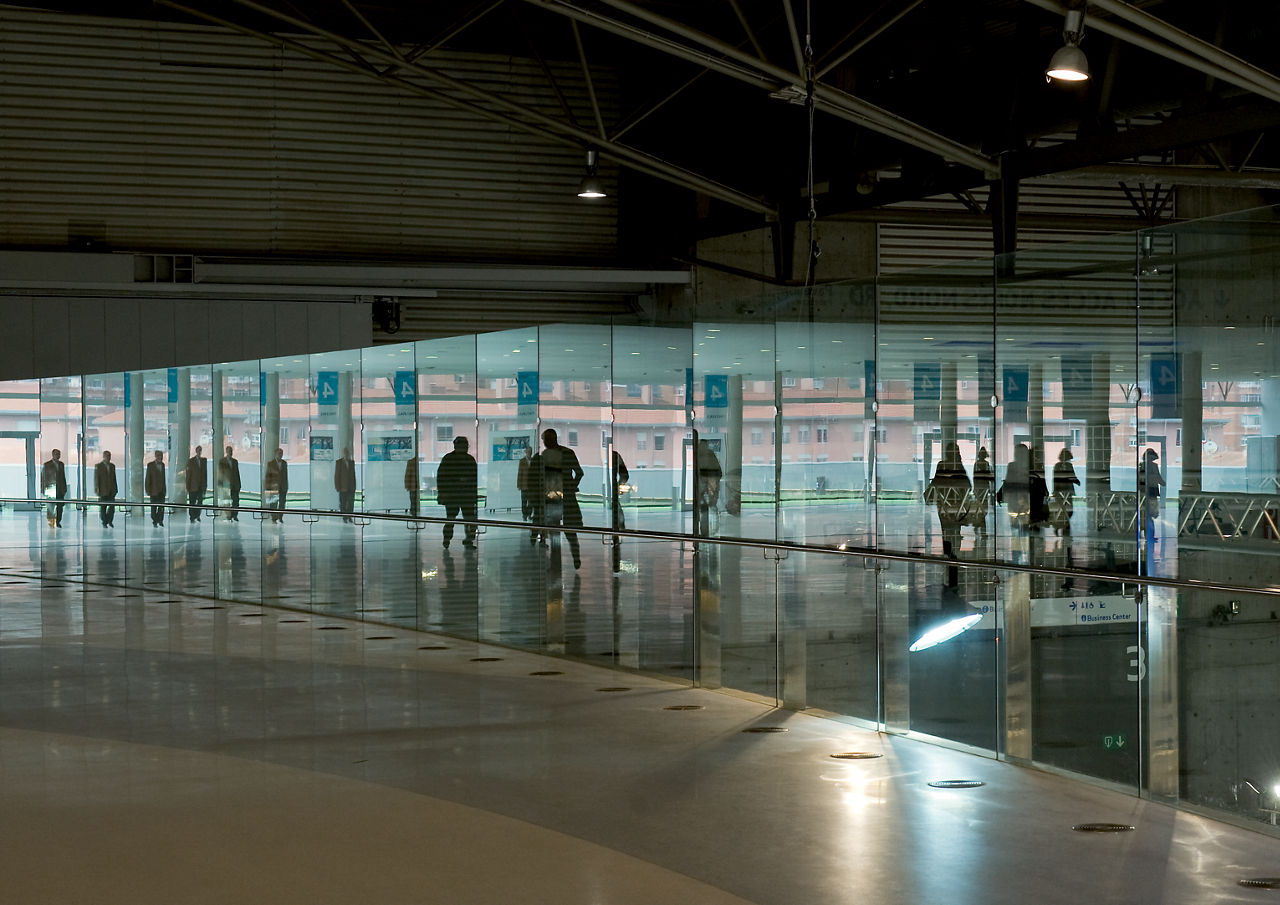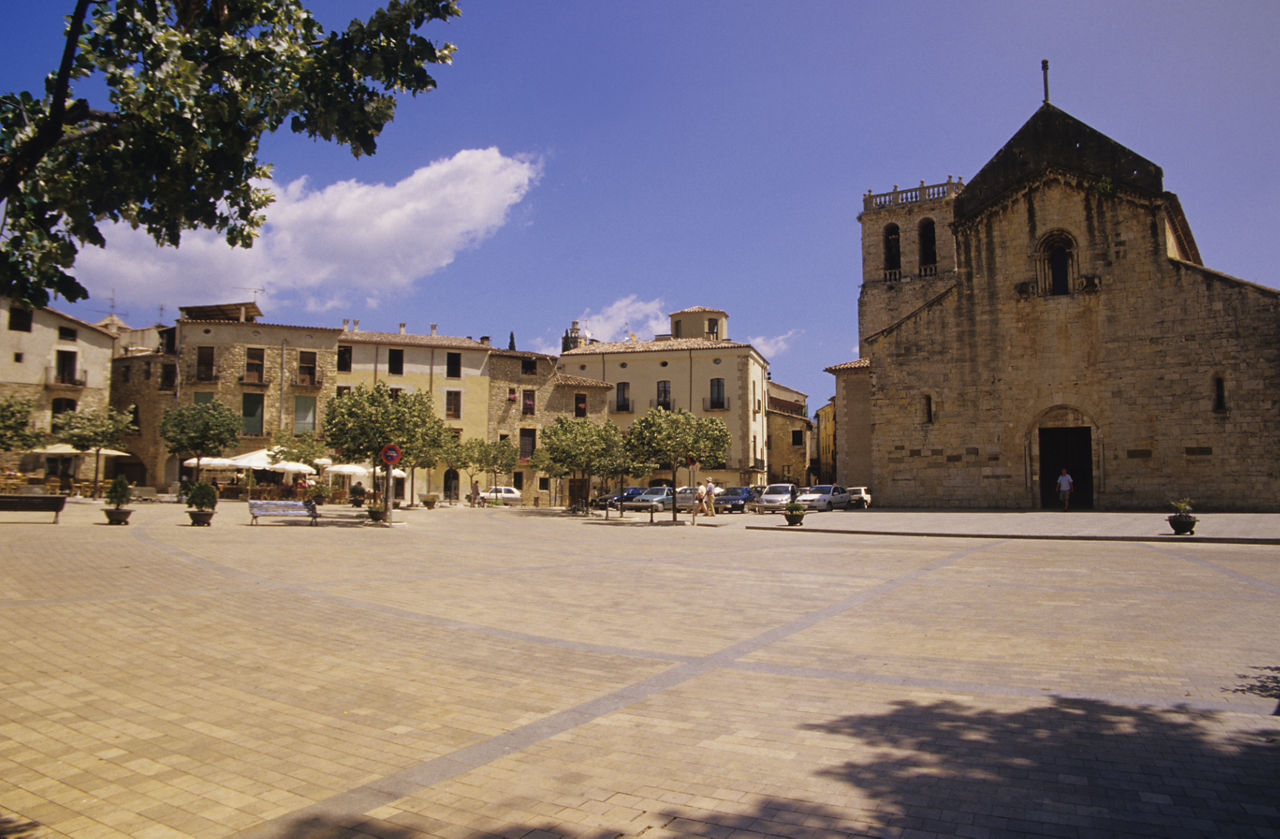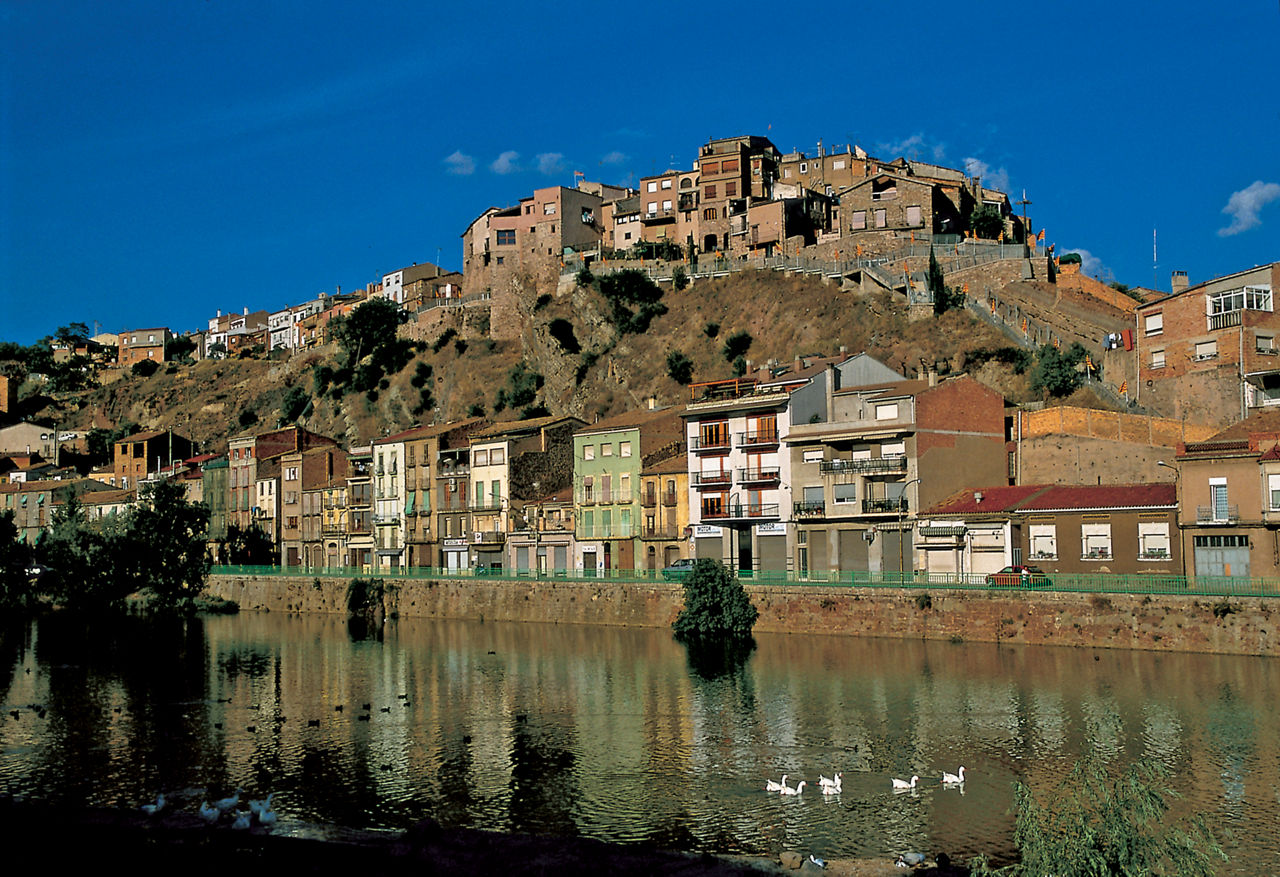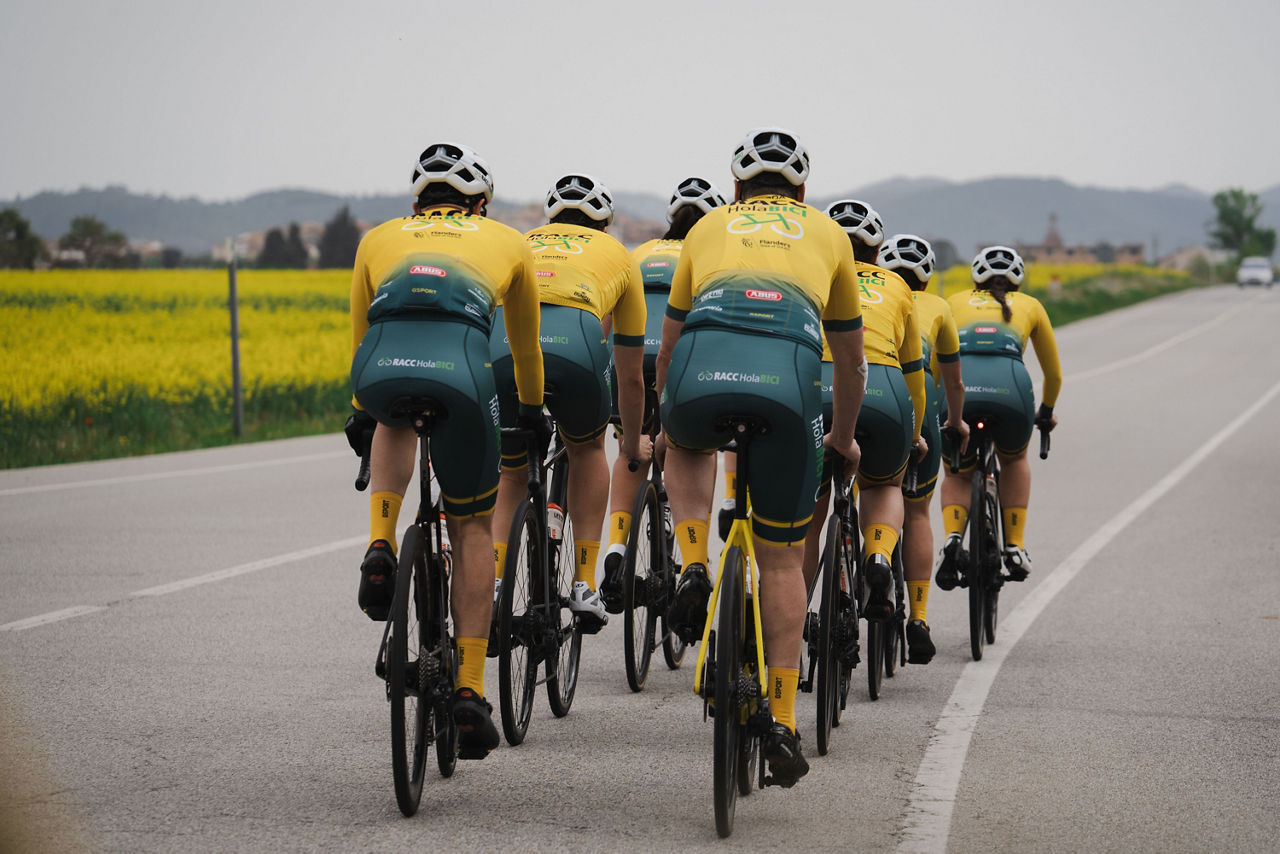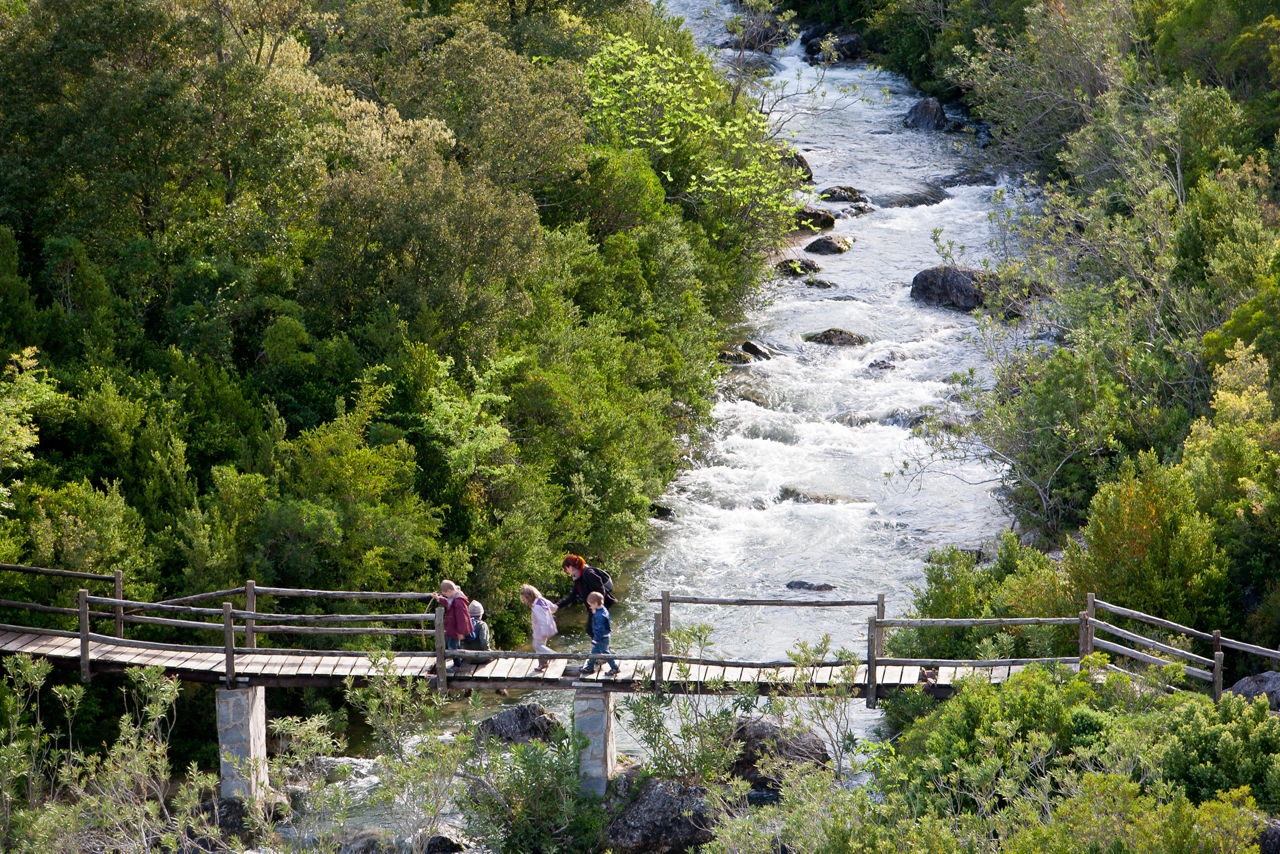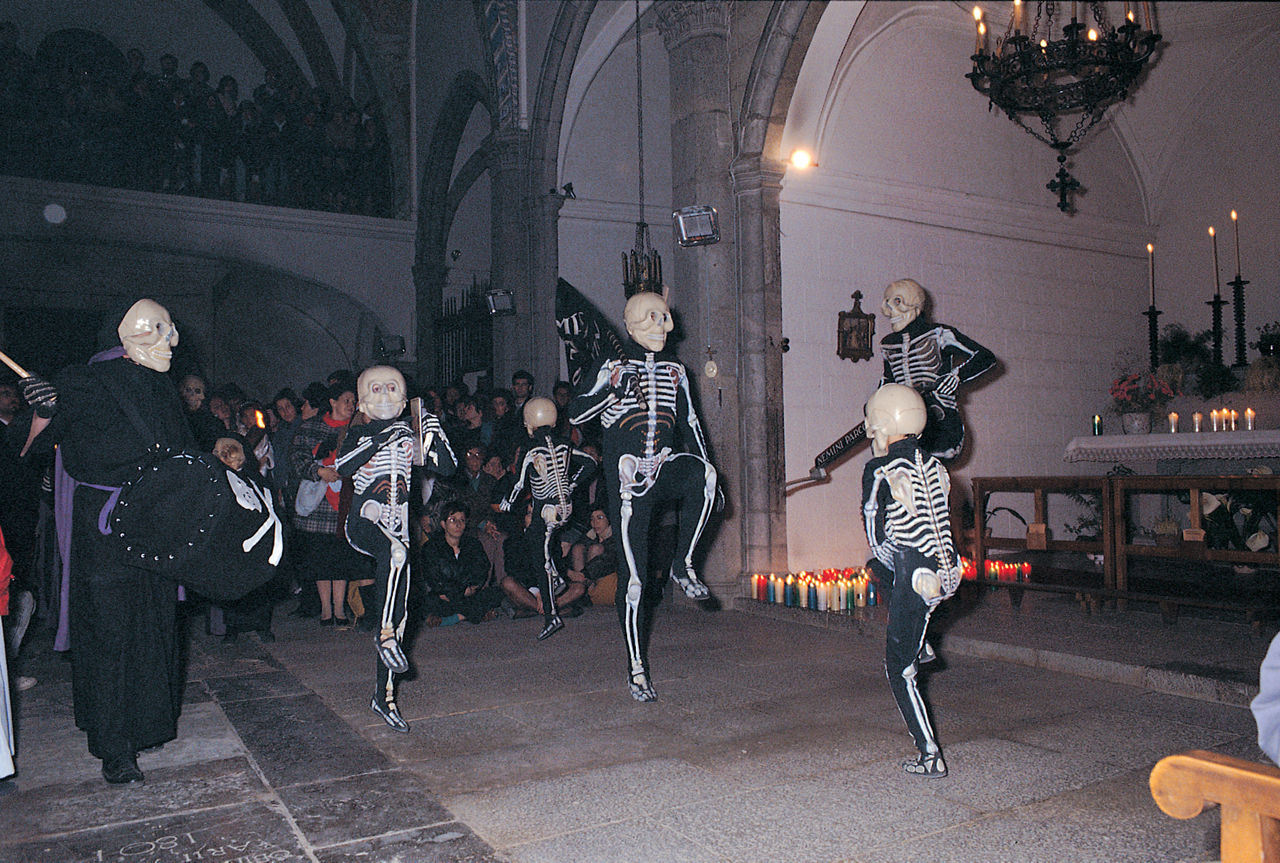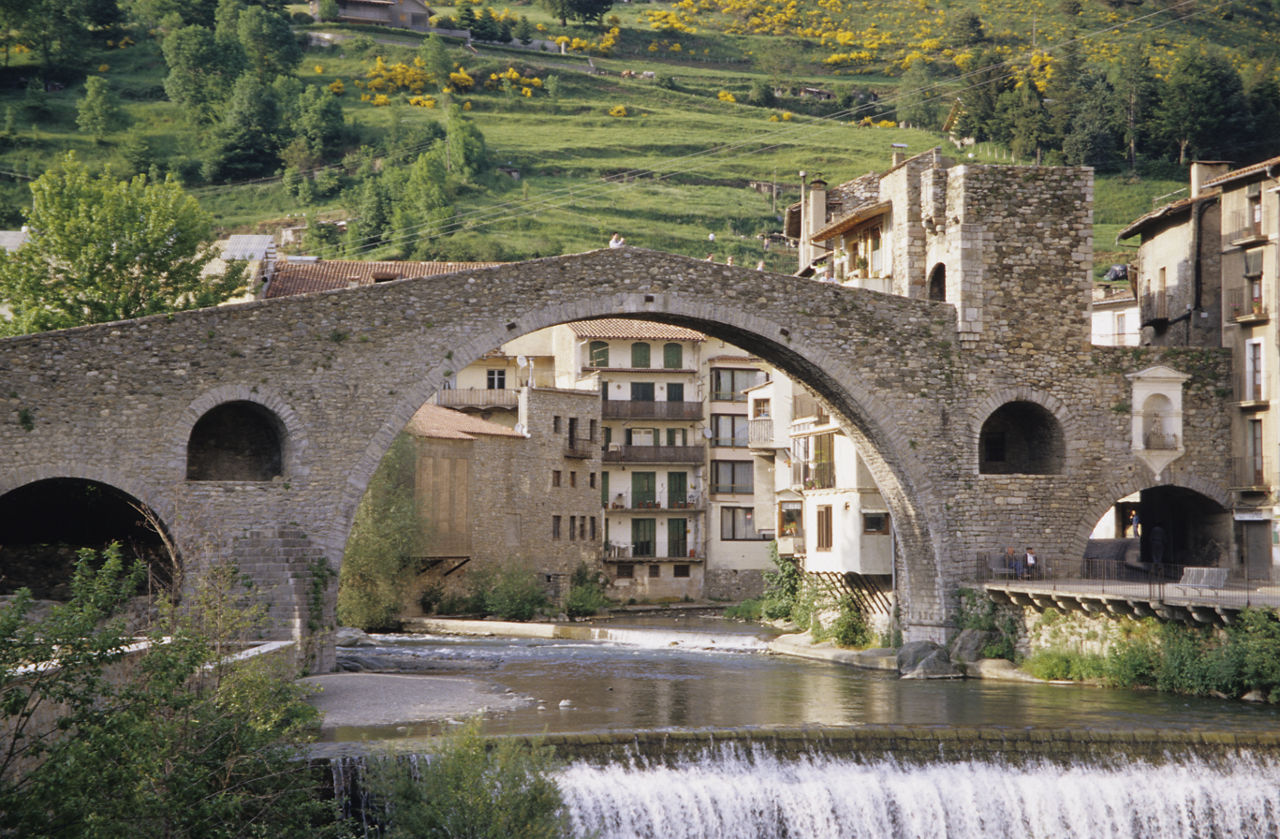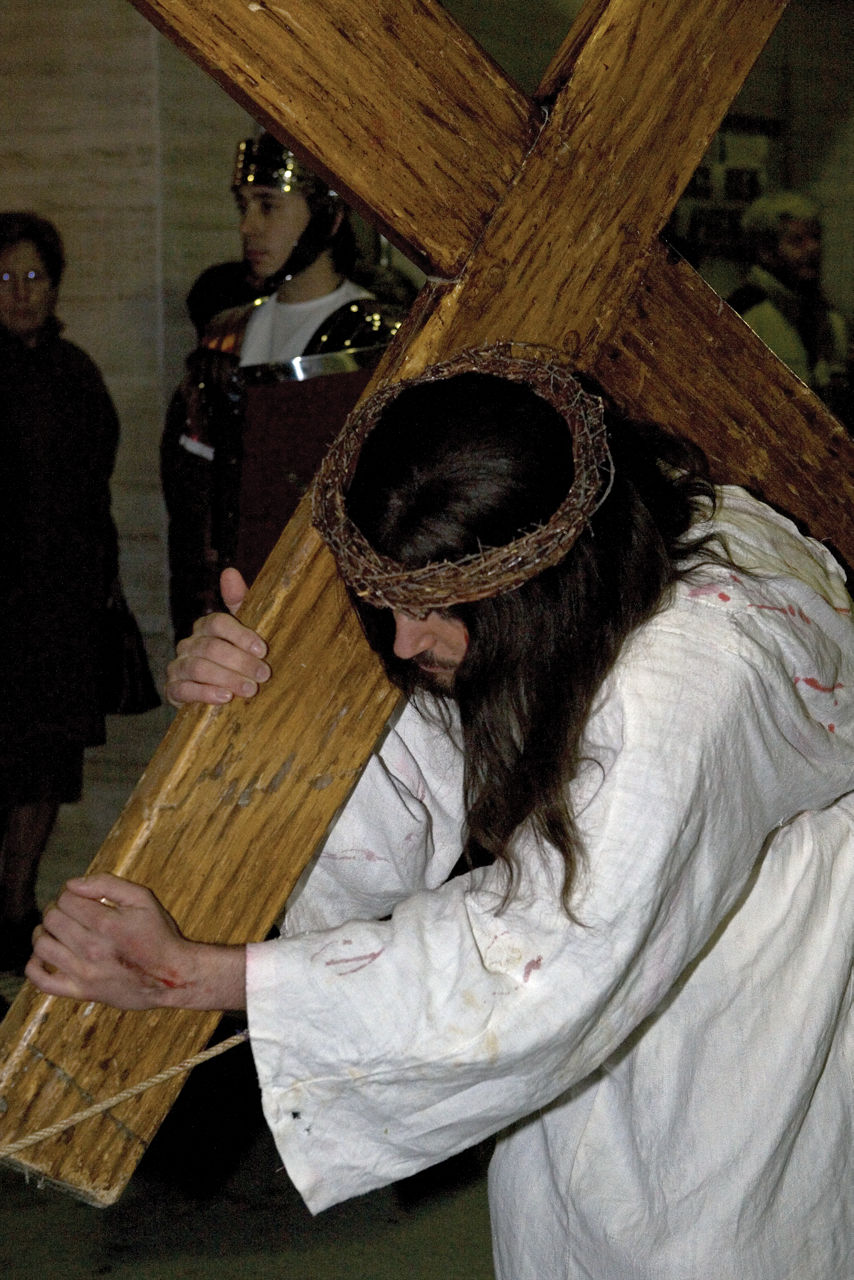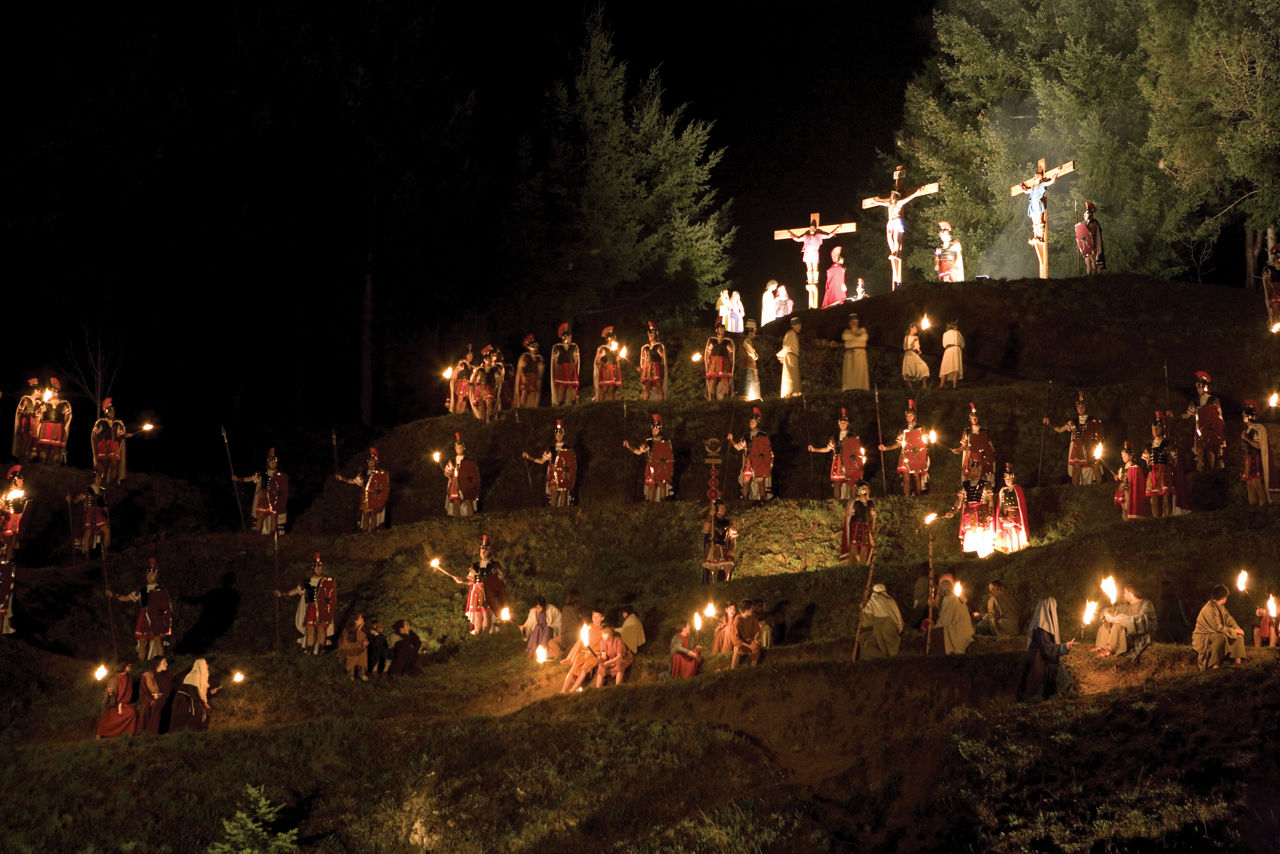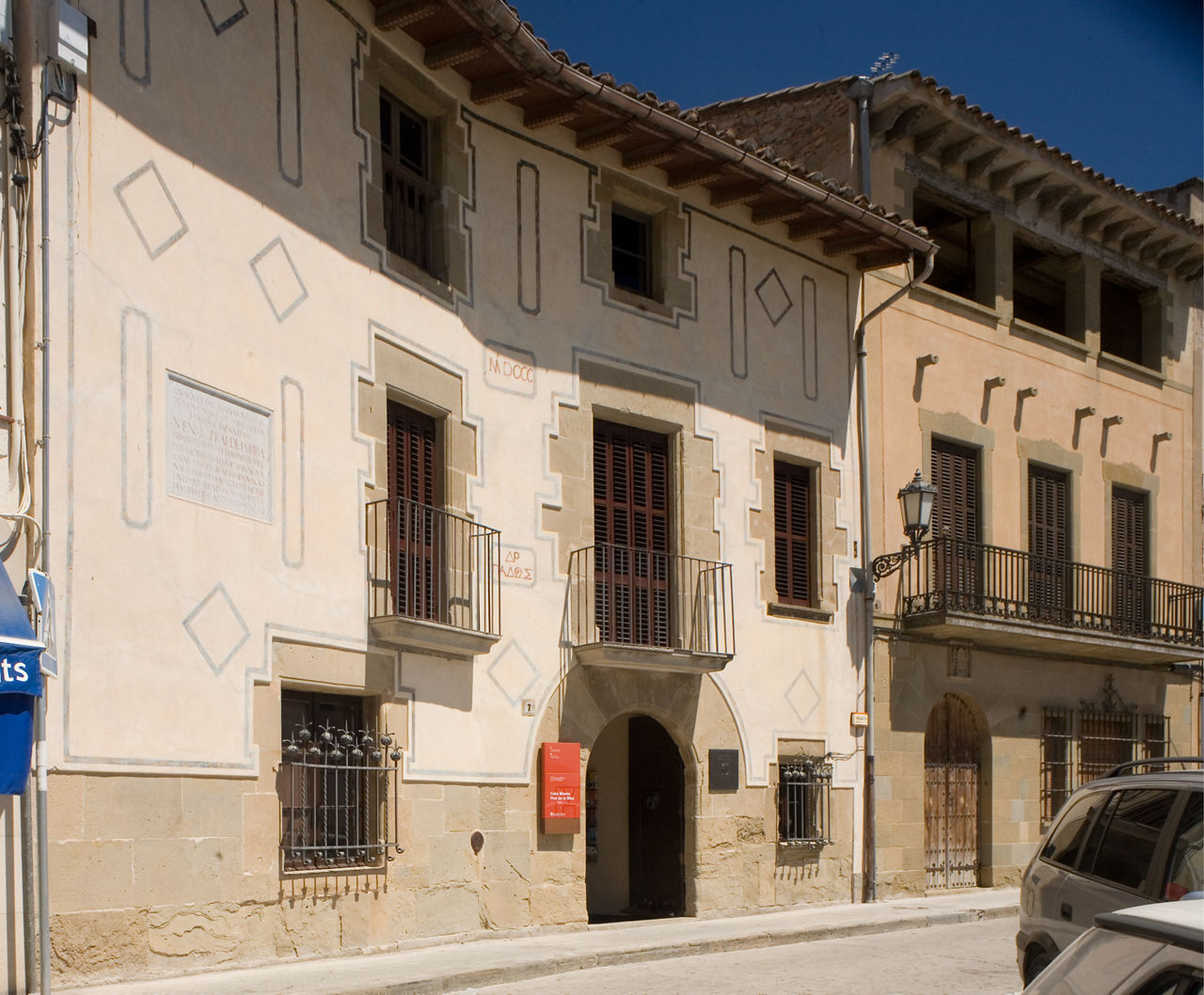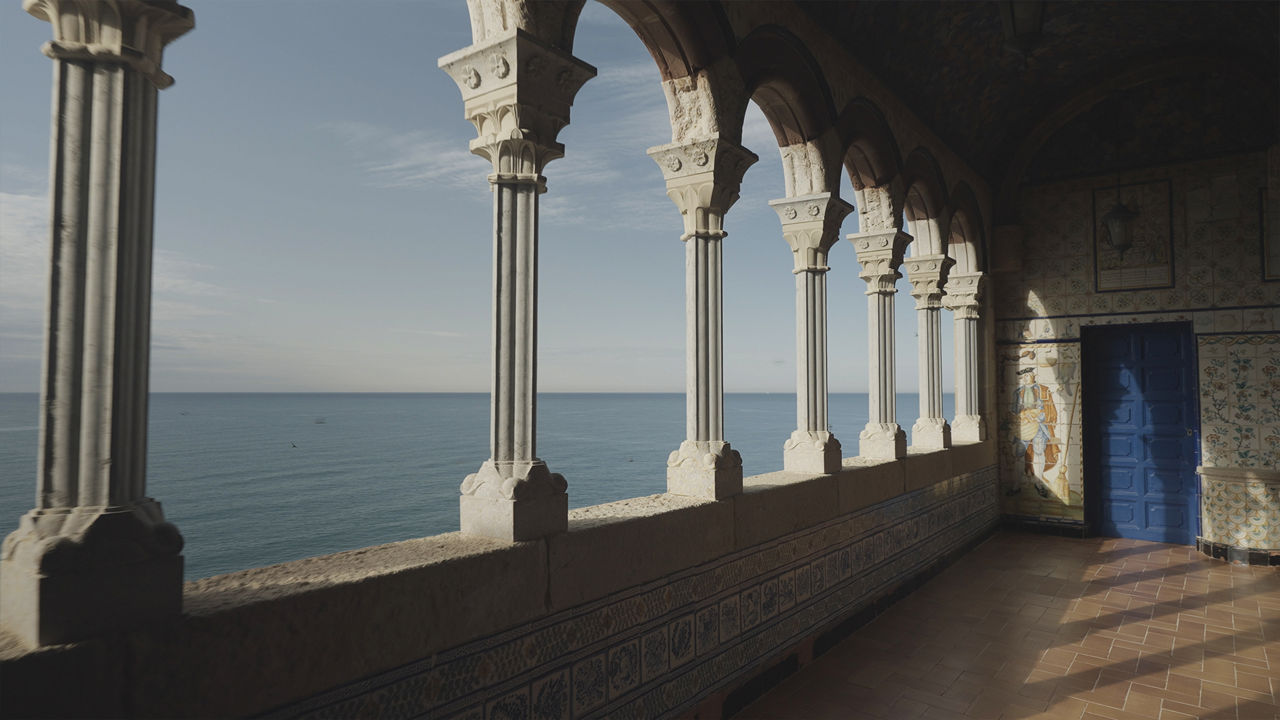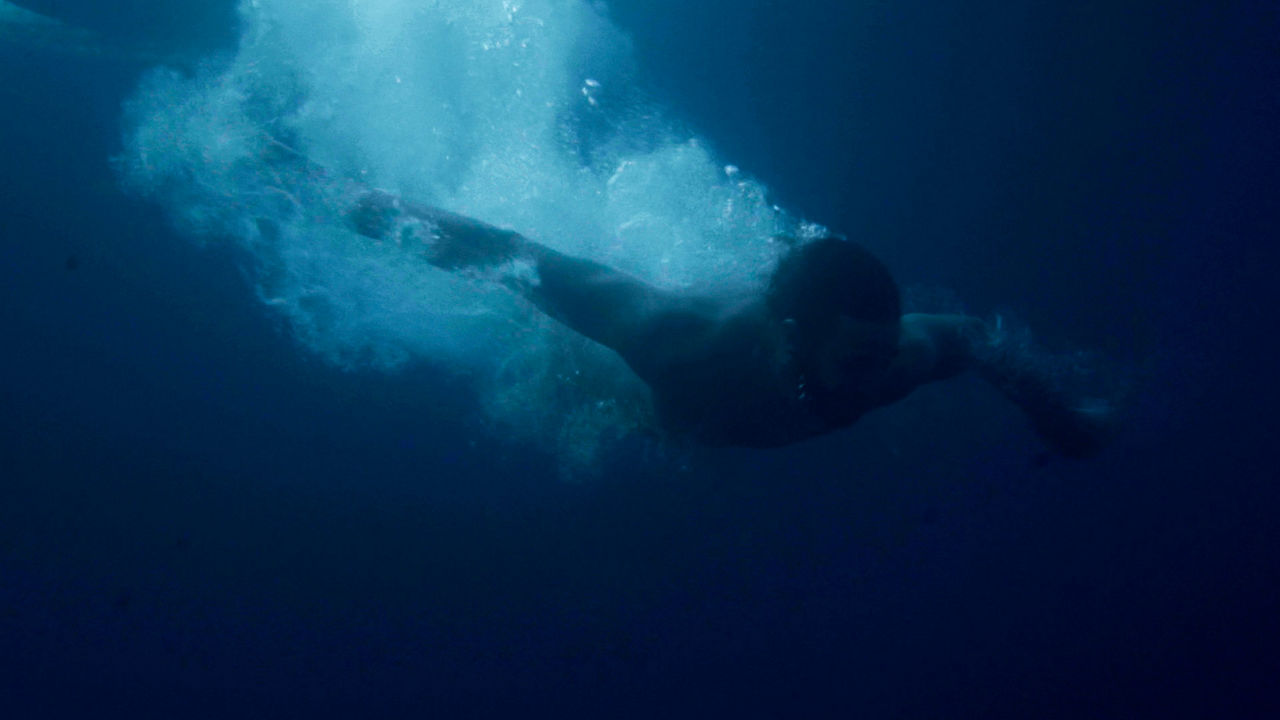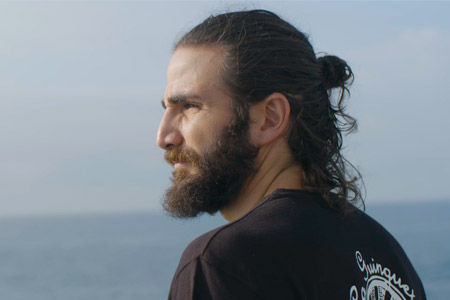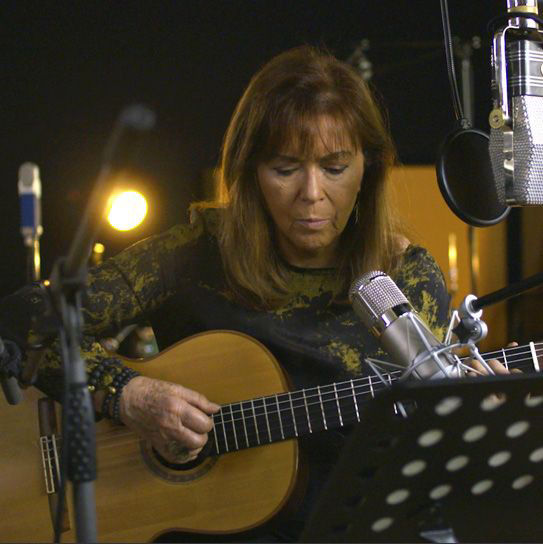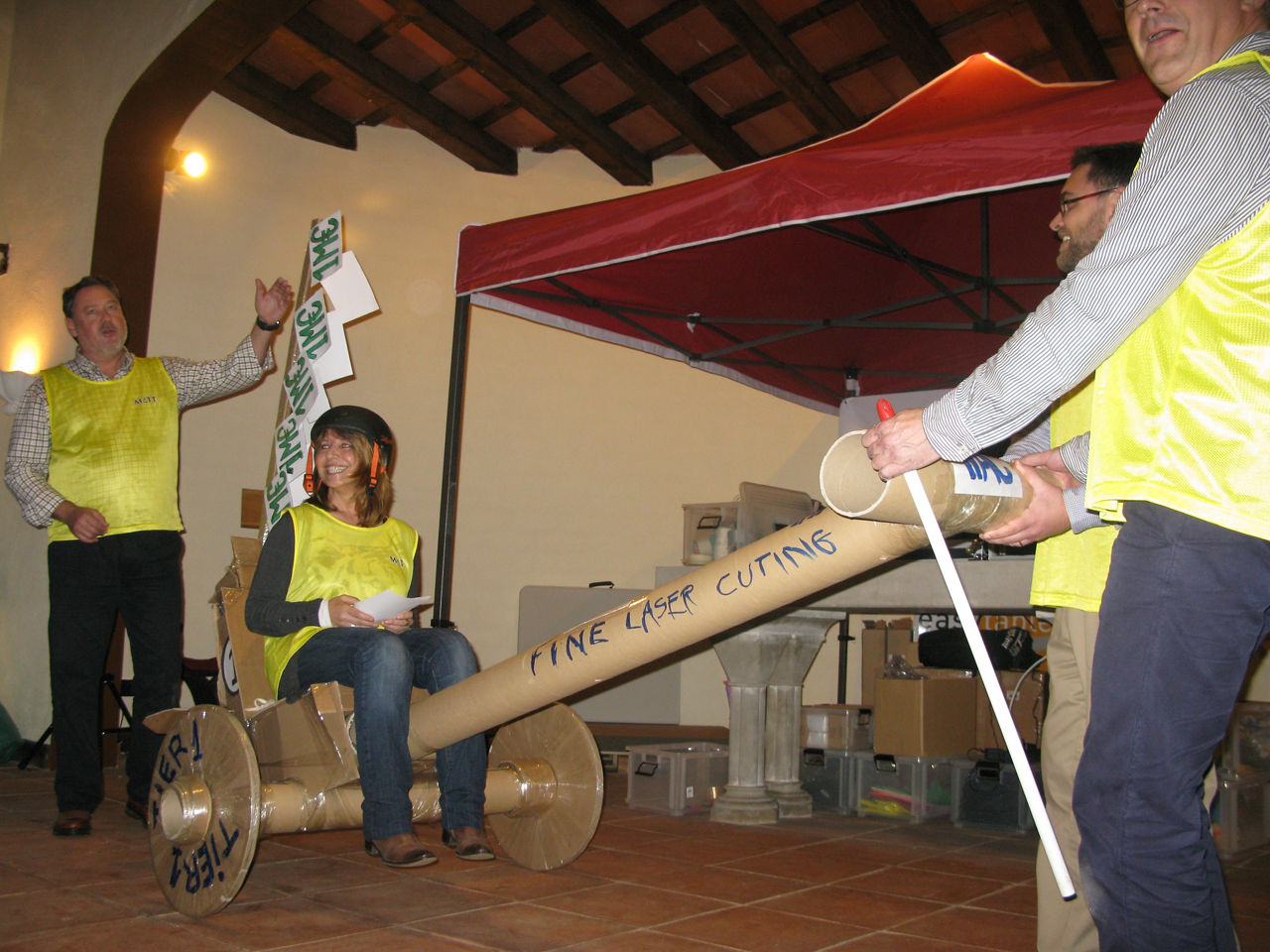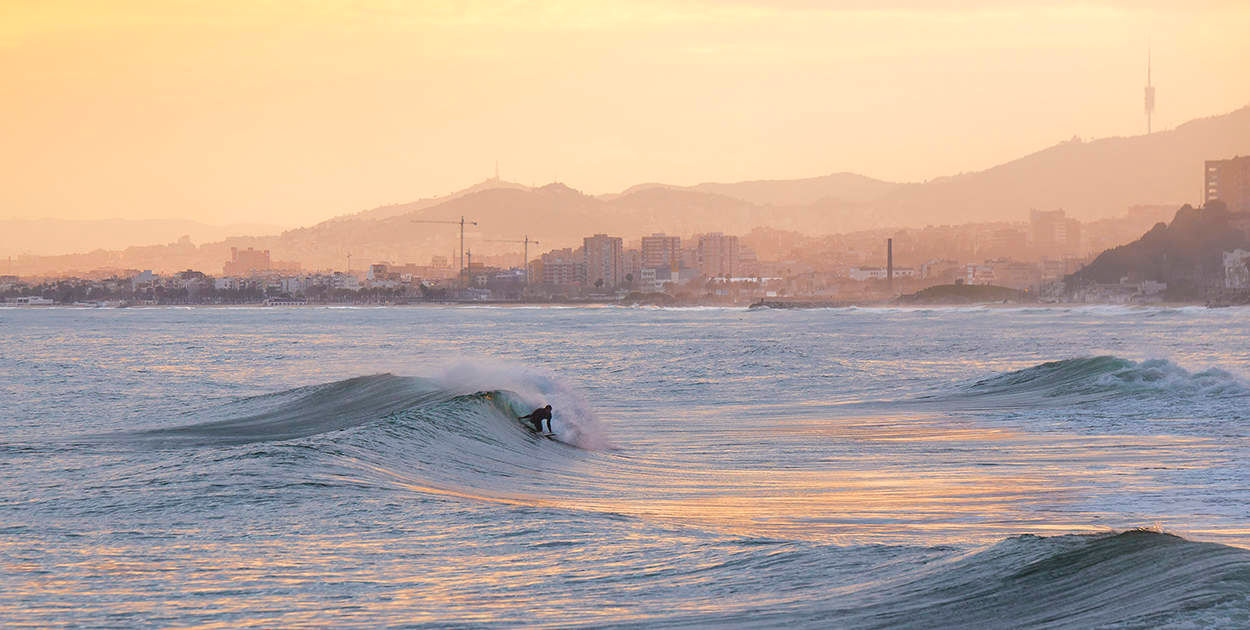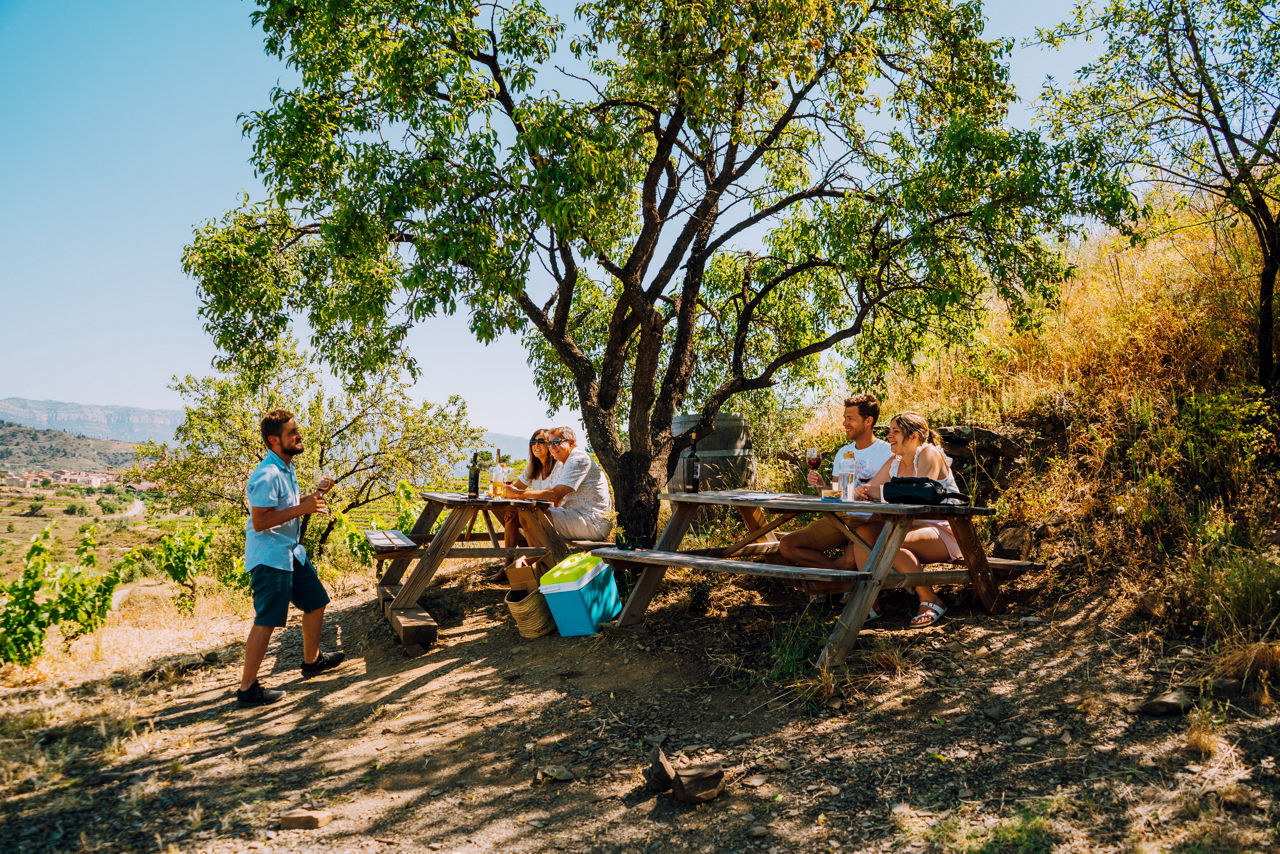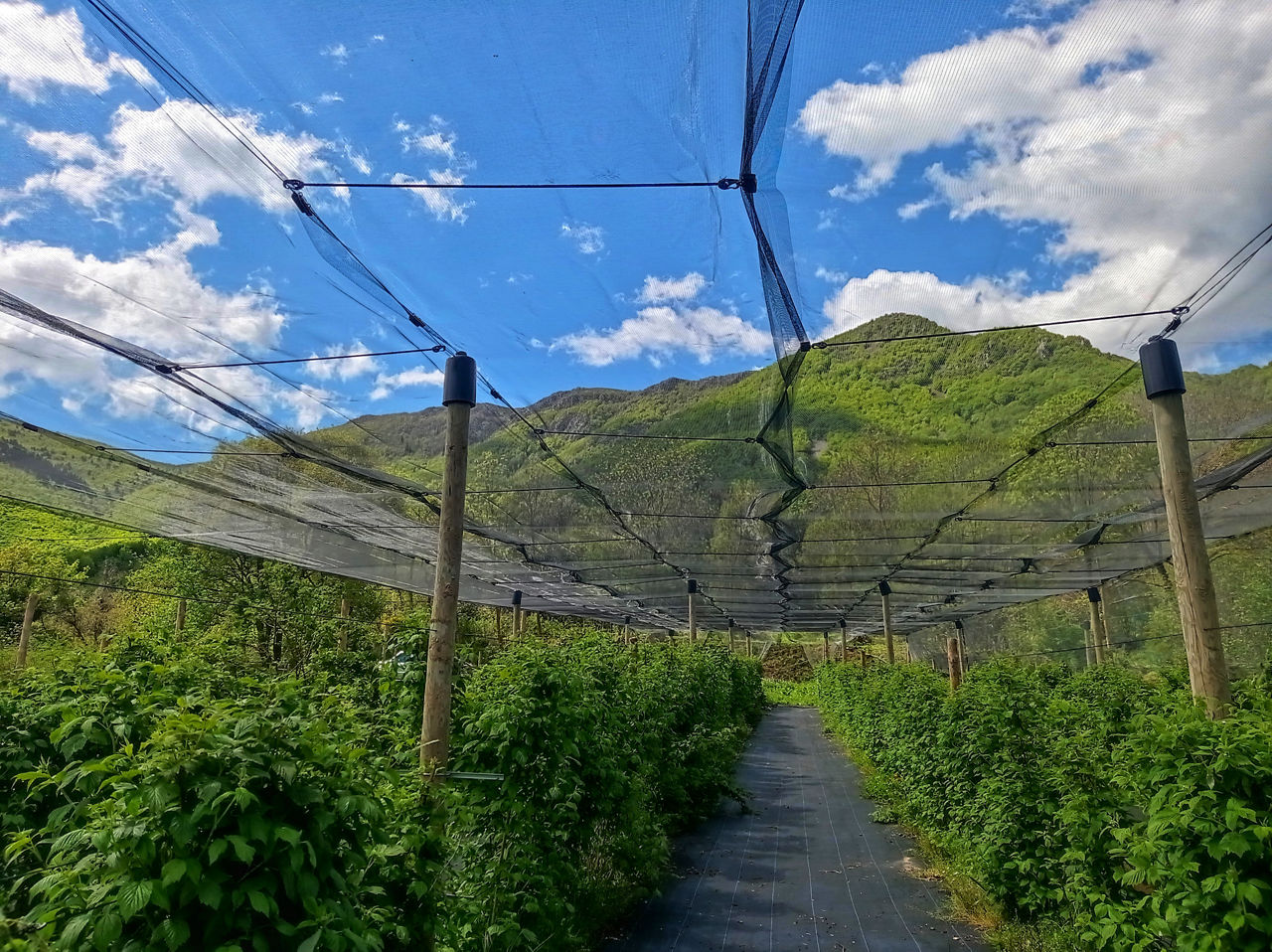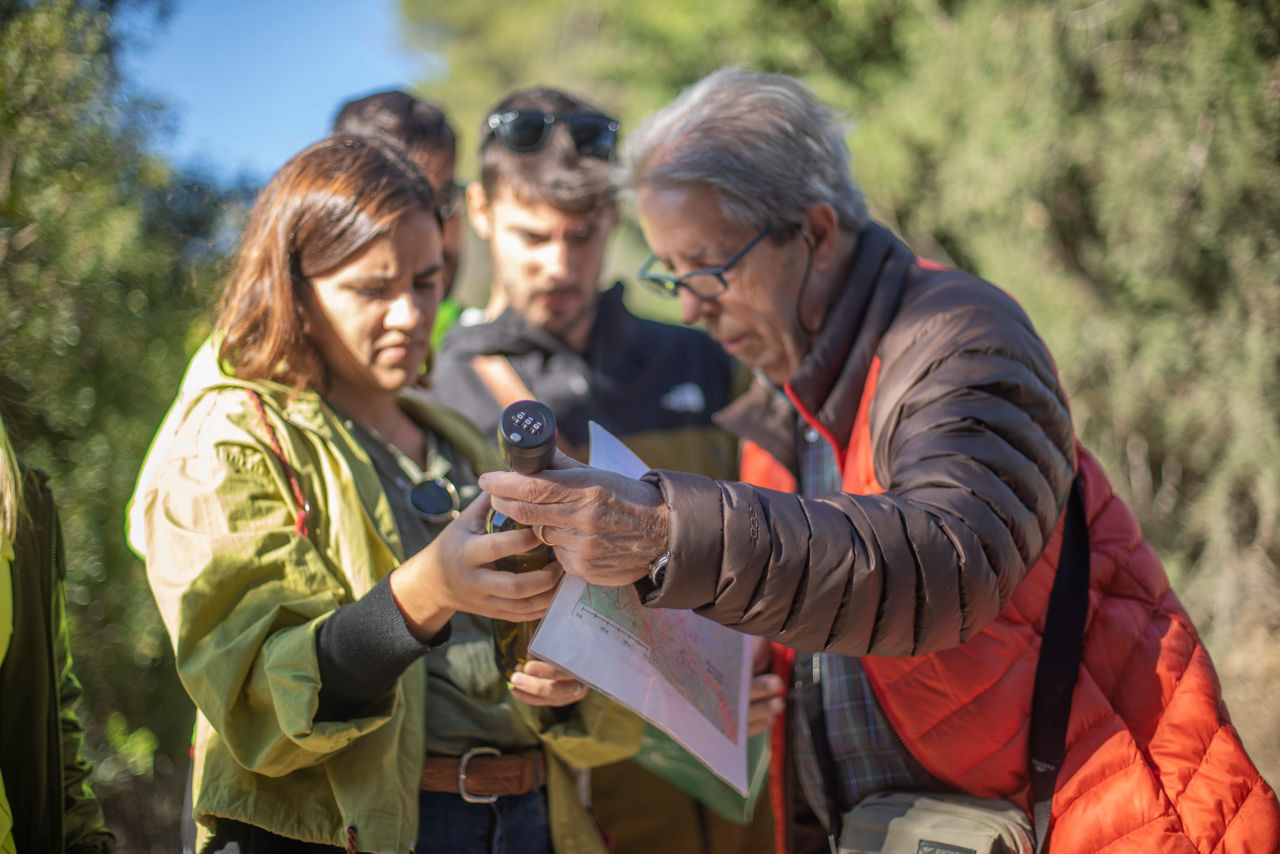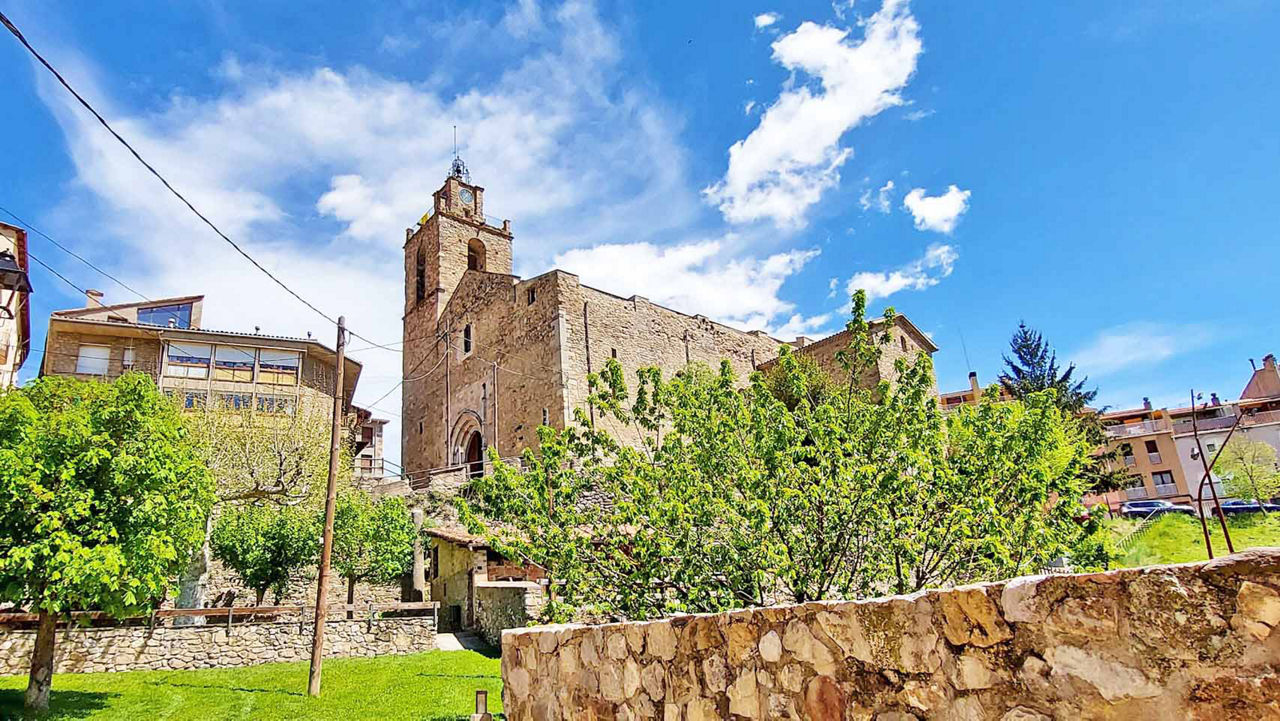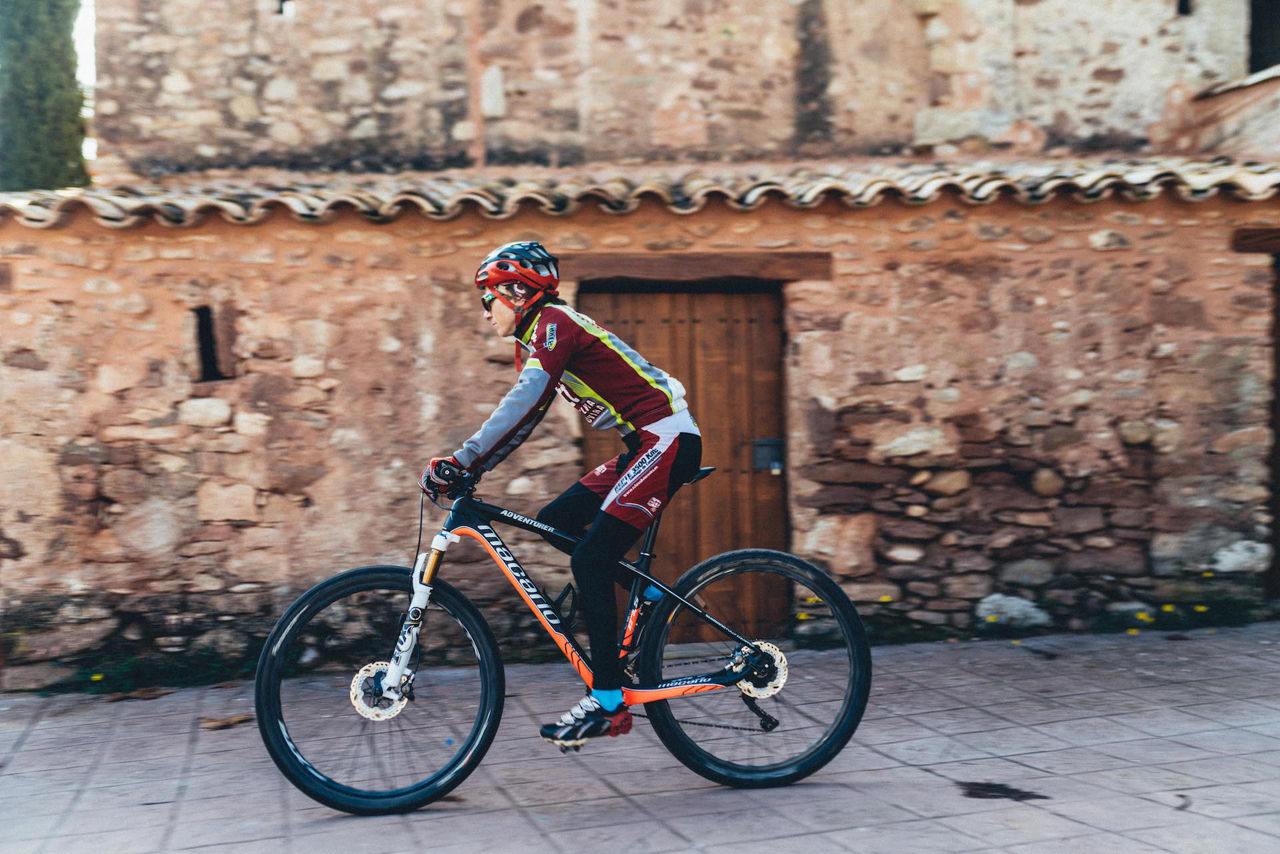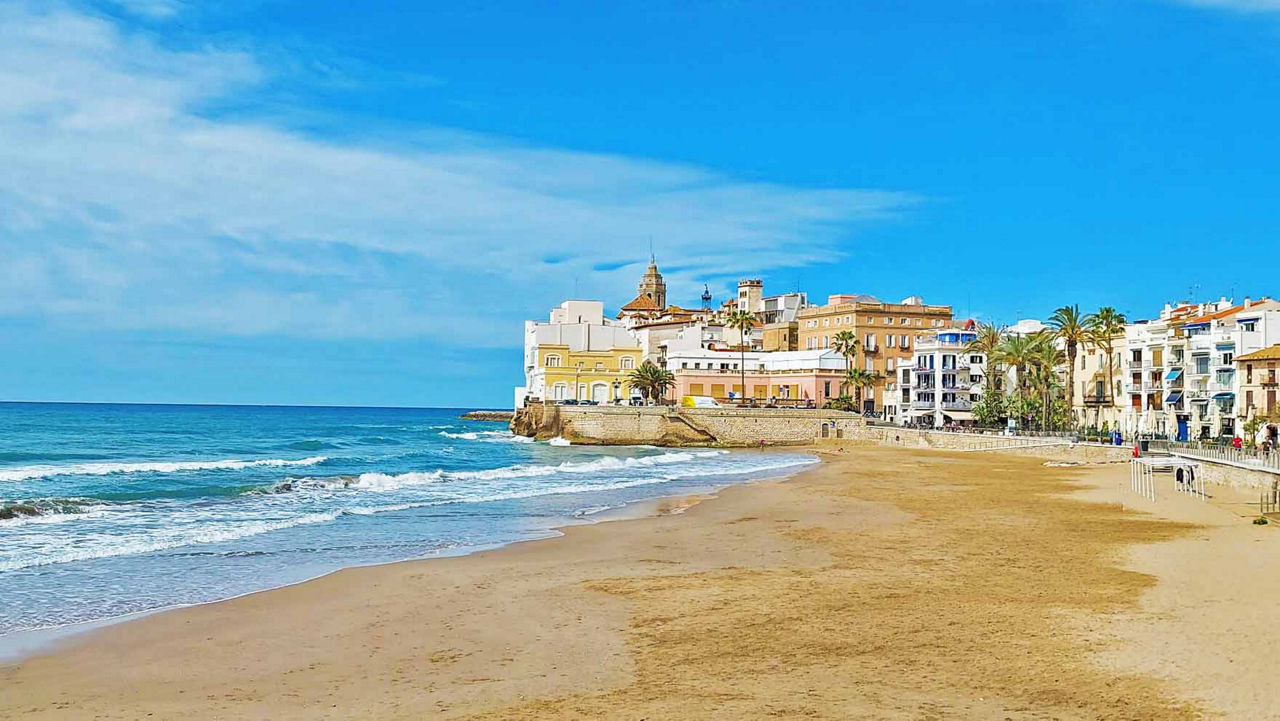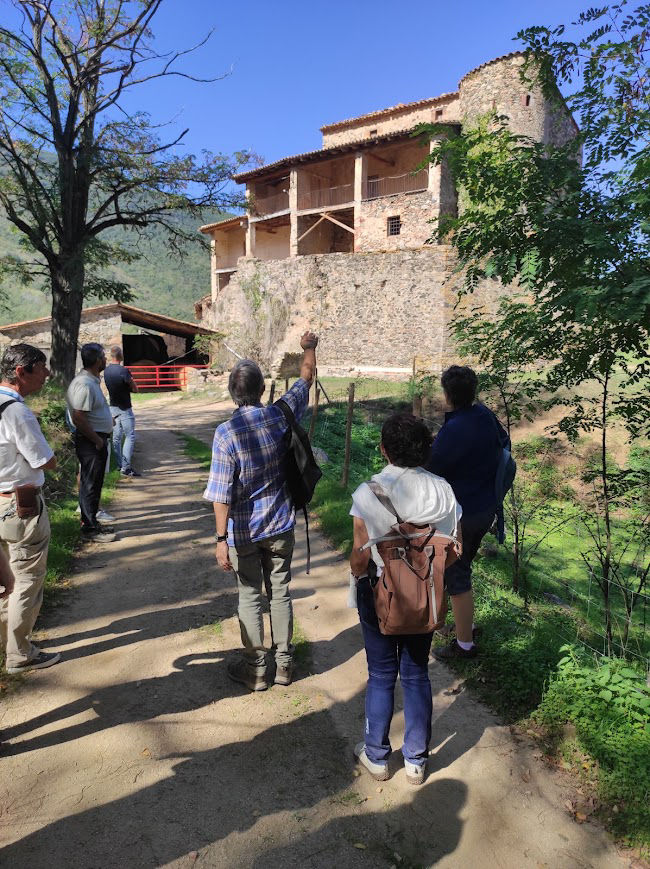Turisme de Catalunya: descobreix un territori únic
Catalunya, una terra que et convida a somniar
-
Arties
Arties, al cor de la Val d’Aran, combina natura i patrimoni entre les majestuoses muntanyes dels Pirineus. Passeja pels seus carrers de pedra, descobreix l’església de Santa Maria i gaudeix d’un entorn ideal. Descobrir -
Delta de l'Ebre
És un dels espais més singulars de Catalunya, amb una gran varietat d'ambients, marcats pel riu, es platges o les llacunes. És també l'hàbitat aquàtic més important del territori. Descobrir -
Girona
Girona té l'encís i la màgia de les grans ciutats, però l'essència acollidora dels pobles. Gaudeix d'una amplia oferta turística, cultural i històrica, i d'una rica vida social, amb esdeveniments i festes populars de gran interès. Descobrir -
Sitges
Sitges, antic poble de pescadors, és avui en dia una visita única, a pocs minuts de Barcelona. Descobreix la seva gastronomia, platges, cultura i tradicions. Descobrir -
Rupit
Envoltat pel paisatge espectacular del Collsacabra, amb boscos, cingles i rius, Rupit és un encantador poble medieval que pots descobrir durant totes les époques de l'any. Descobrir
.jpg)

